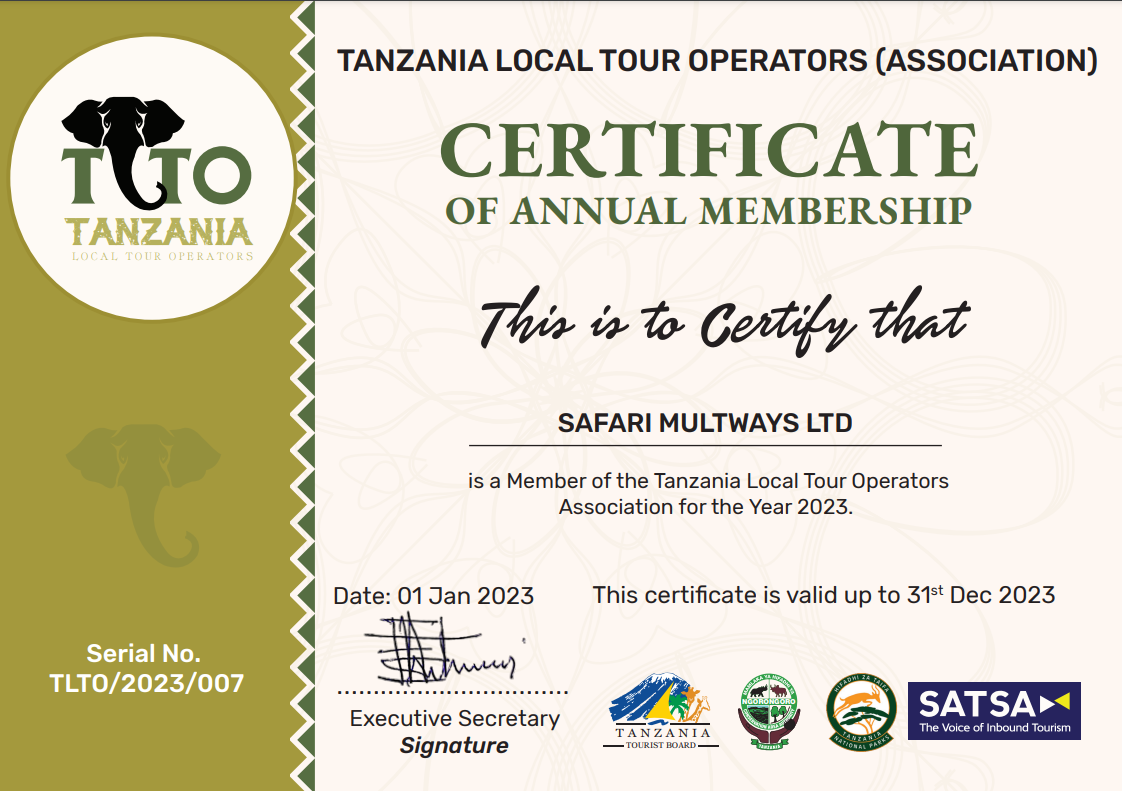The Financial Wilds: Tarangire National Park’s Annual Revenue
Delving into the Financial Landscape of Tarangire National Park
Nestled in the heart of Tanzania, Tarangire National Park stands as a testament to the beauty and diversity of Africa’s wildlife. Spanning over 2,850 square kilometers, this iconic park is home to a plethora of wildlife, including elephants, lions, and giraffes. While its natural wonders may steal the spotlight, Tarangire National Park also plays a crucial role in the local economy through its annual revenue generation.
Unveiling the Annual Revenue and Economic Impact of TarangireNP
Tarangire National Park’s annual revenue serves as a vital source of income for the park’s conservation efforts and the communities surrounding it. The primary sources of revenue for the park include entrance fees, accommodation fees, and revenue from tourism activities such as guided safaris and camping.
One of the main contributors to Tarangire National Park’s annual revenue is the entrance fees paid by visitors. These fees vary depending on the visitor’s nationality, with international tourists typically paying a higher fee than local visitors. The revenue generated from entrance fees helps fund essential conservation projects, wildlife monitoring, and anti-poaching efforts within the park.
Accommodation fees also play a significant role in Tarangire National Park’s annual revenue. The park boasts a range of accommodation options, from luxury lodges to budget campsites, catering to a diverse range of visitors. The revenue generated from accommodation fees is reinvested back into the park, supporting infrastructure development, maintenance, and wildlife protection initiatives.
In addition to entrance and accommodation fees, revenue from tourism activities such as guided safaris and camping also contribute to Tarangire National Park’s financial sustainability. These activities provide visitors with unique opportunities to experience the park’s wildlife up close while generating income that supports the park’s ongoing conservation efforts.
The economic impact of Tarangire National Park extends beyond its boundaries, benefiting the local communities that rely on the park for their livelihoods. The park creates employment opportunities for local residents, ranging from park rangers and guides to hospitality staff and artisans. Furthermore, the influx of tourists into the area stimulates economic growth through increased demand for goods and services, such as food, transportation, and souvenirs.
Overall, Tarangire National Park’s annual revenue plays a vital role in supporting the park’s conservation efforts and contributing to the local economy. By balancing the preservation of its natural resources with sustainable tourism practices, the park ensures that future generations can continue to marvel at its beauty and biodiversity. As visitors continue to flock to Tarangire National Park in search of unforgettable wildlife experiences, the park’s financial wilds will continue to thrive, securing its legacy as a beacon of conservation in Africa.



